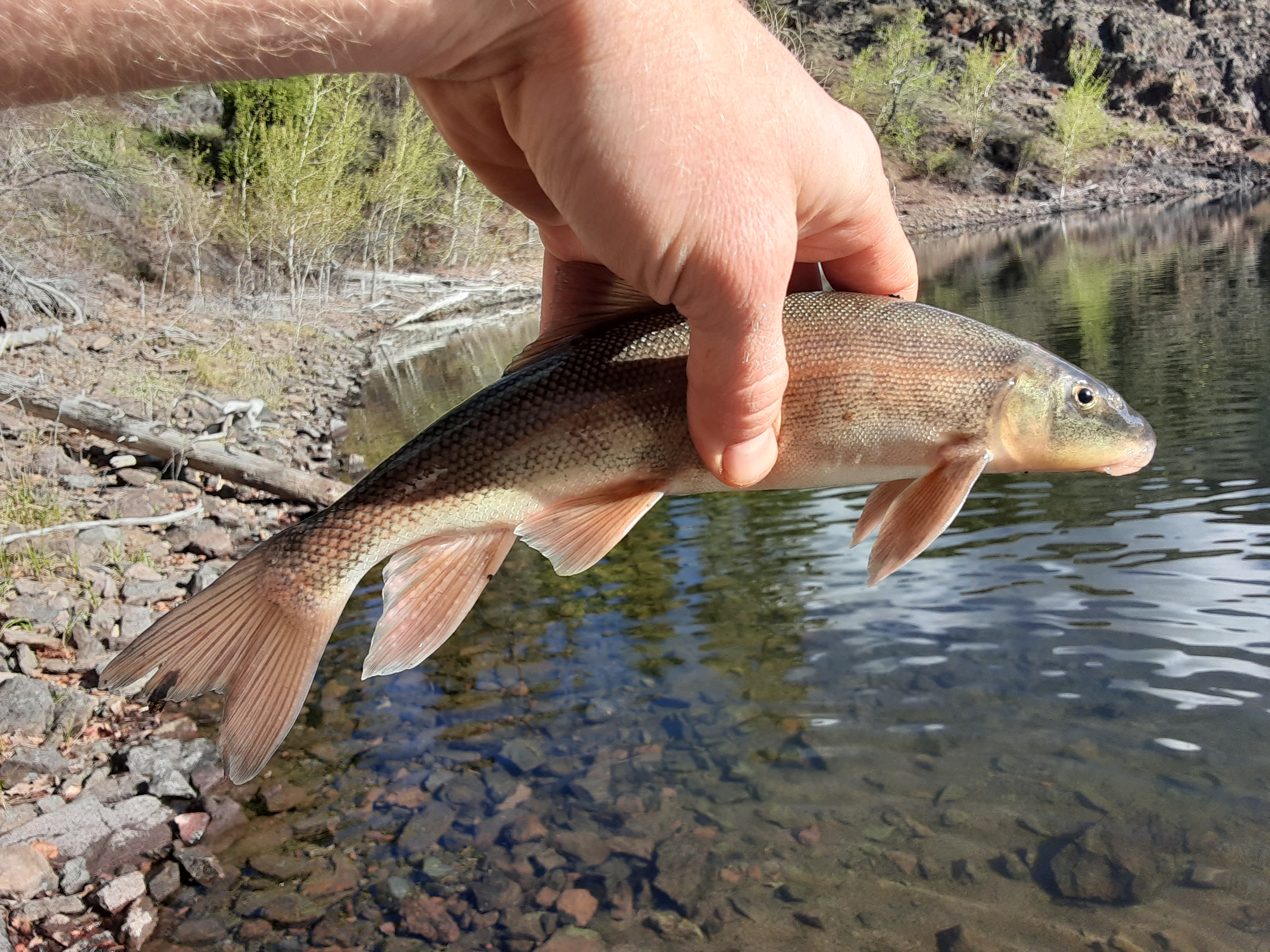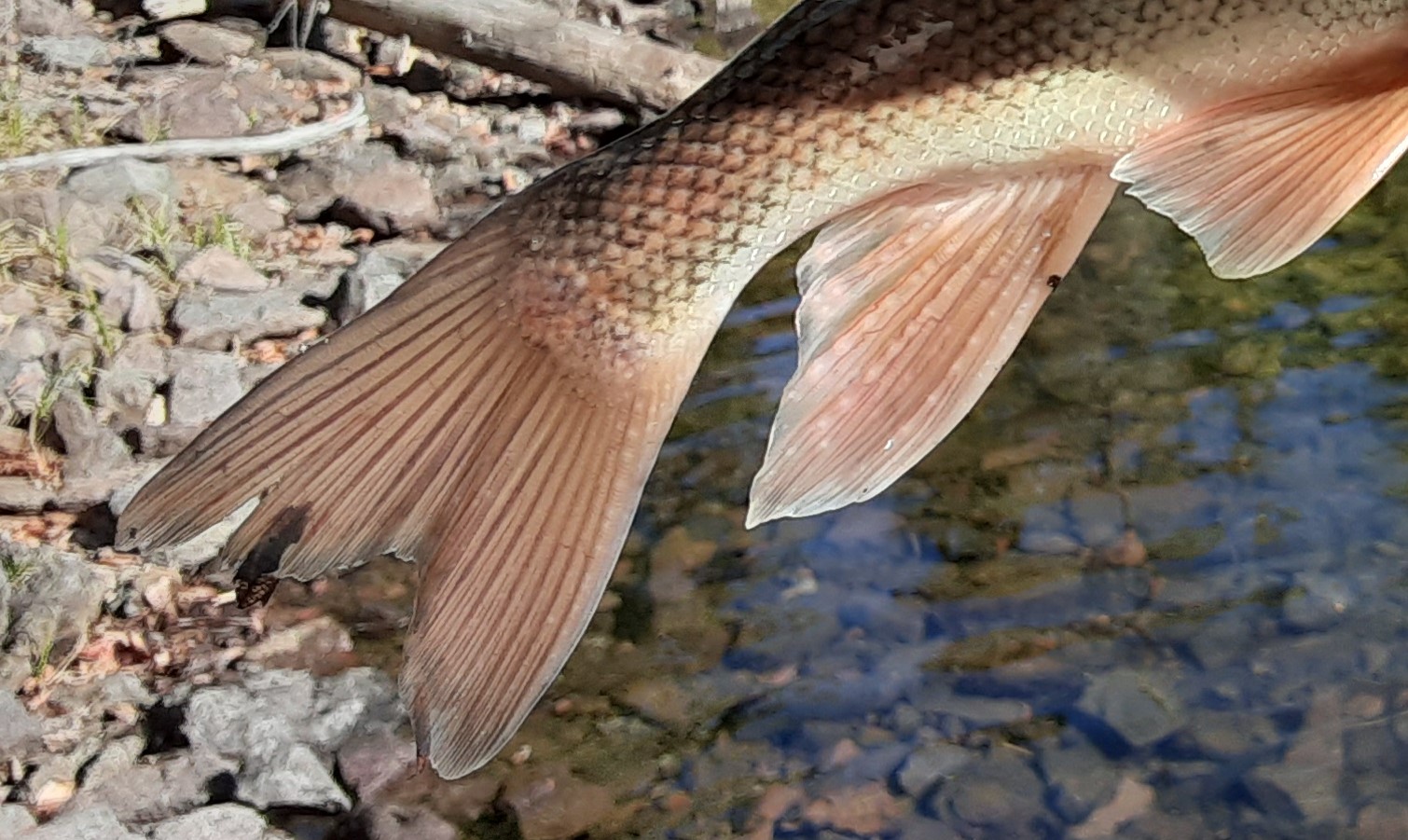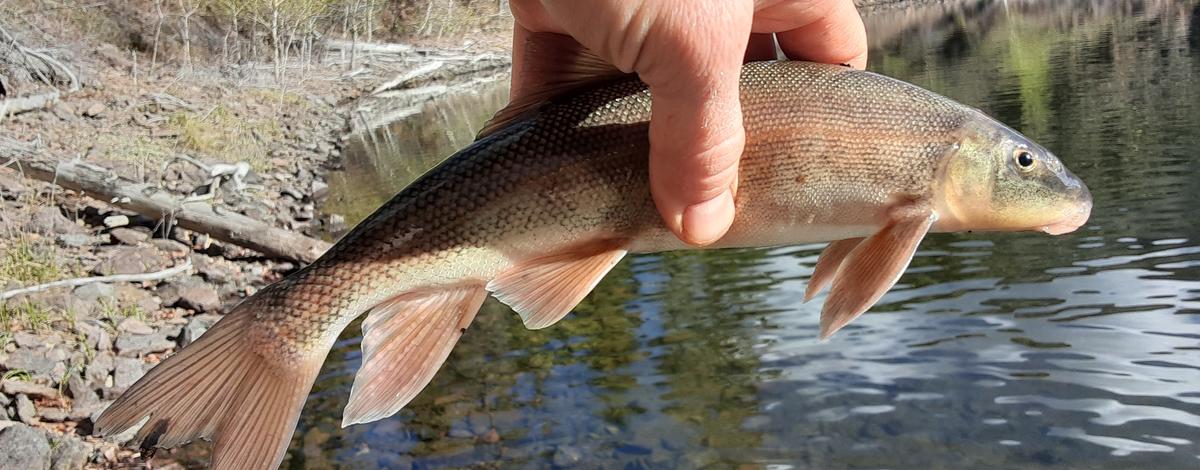In May of this year, Idaho Department of Fish and Game (IDFG) began sampling for Bridgelip Suckers at Williams Lake in Salmon, Idaho. In recent years, home owners and anglers have reported observing suckers in the lake. It is not known if Bridgelip Suckers have always been present in Williams Lake or if the fish were illegally introduced, but they had not documented by IDFG until a 2018 survey. Regardless, there is some concern that Bridgelip Suckers will compete with trout for resources in the lake and may lead to a decline of the trout fishery.
Bridgelip Suckers are traditionally found in rivers and streams and are native to the Salmon Region, but rarely inhabit lakes. Compared to other suckers such as the Utah Sucker and Largescale Sucker, Bridgelip Suckers are generally smaller ranging in size from 12 -17 inches. Similar to other suckers, they are primarily herbivores that scrape algae off rocks, but do consume some aquatic invertebrates as well. In an effort to better understand the effects Bridgelip Suckers may have on the trout fishery in Williams Lake, IDFG biologist and technicians are performing a comprehensive population dynamics study. Idaho Department of Fish and Game biologists and technicians are using fyke nets to trap the suckers. A fyke net has a central lead line that is anchored to shore. The lead line intercepts fish moving along the shore and guides them away from shore into a series of funnels that eventually lead into a collection chamber where fish become trapped. The fyke nets also allow non-target fish such as Rainbow Trout and Bull Trout that are captured to be released alive.
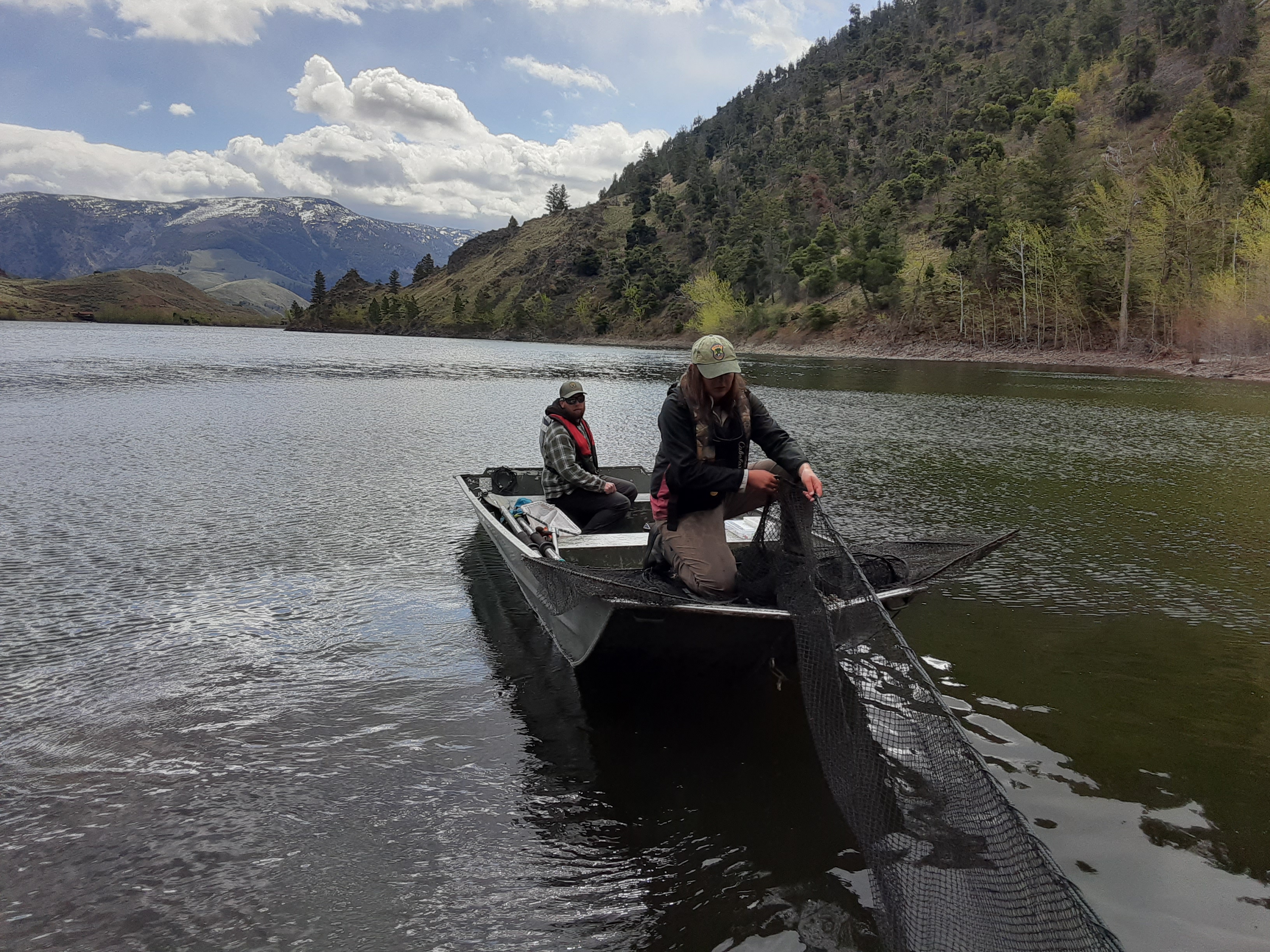
Various data including length, weight, sex, and ageing structures such as otoliths (ear bones), fin rays, and scales are collected from trapped Bridgelip Suckers. From the data, information such as age, growth rates, and fecundity can be evaluated. Similar to estimating the age of a tree, biologists can estimate the age of a fish by counting rings seen under a microscope from a cross-section of a structure collected from the fish, in this case a fin ray. The fish from which the pictured fin ray was collected was estimated to be 3 years old.
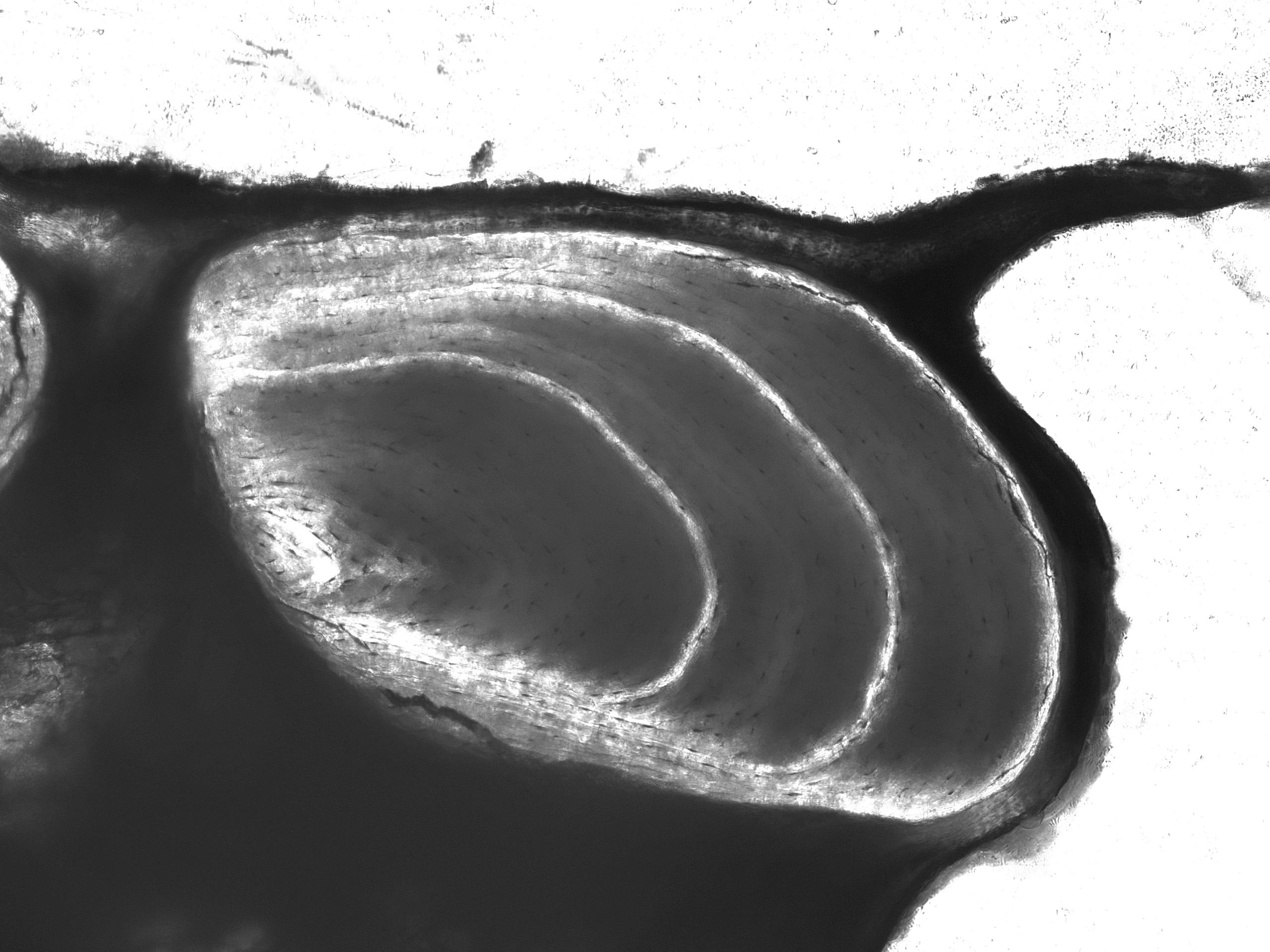
Information from this study will provide IDFG with a good understanding of the trajectory of the Bridgelip Sucker population and will be used to guide management decisions on Williams Lake. Additionally, insights gained from this study can be used to benefit other researchers and managers as little other research has been conducted on Bridgelip Suckers. This study will continue into the fall, so stay tuned for more information as we learn more about the Bridgelip Sucker population and what their presence means for trout in Williams Lake as well as how we expect the presence of suckers to impact angling on the lake.
